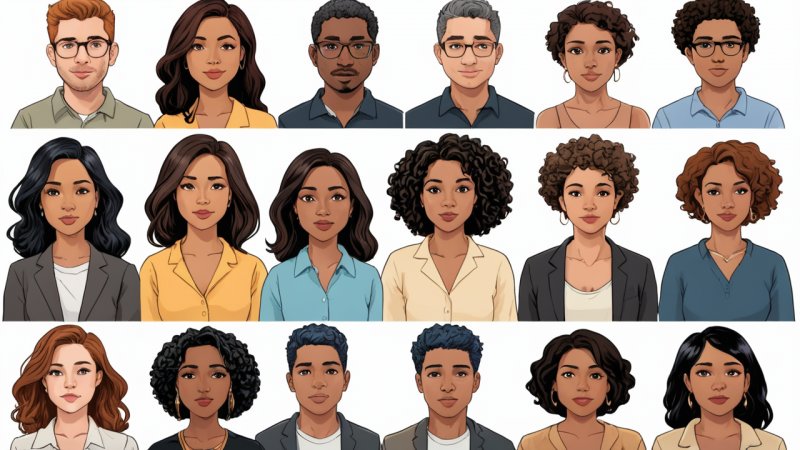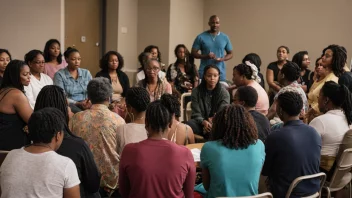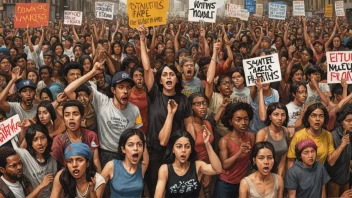In today's world, media plays a pivotal role in shaping our perceptions and understanding of various social groups. The representation of marginalized communities in films, television, and news outlets can significantly impact societal attitudes and individual self-perception. This article explores the effects of media representation on marginalized groups, highlighting key studies and concepts that illustrate its importance.
Research indicates that media representation can reinforce stereotypes or challenge societal norms. When marginalized groups are depicted in a one-dimensional manner, it can lead to a phenomenon known as 'othering,' where these groups are seen as fundamentally different from the mainstream. For instance, studies have shown that underrepresented communities often face negative portrayals that emphasize their struggles without acknowledging their achievements or diversity.
One significant area of research is the impact of media on self-identity among marginalized youth. A study published in the Journal of Youth and Adolescence found that positive representation in media can enhance self-esteem and foster a sense of belonging. Conversely, negative portrayals can lead to internalized oppression, where individuals begin to believe the stereotypes imposed upon them. This highlights the responsibility of media creators to present multifaceted characters that reflect the true diversity within marginalized communities.
Moreover, the advent of social media has transformed the landscape of representation. Platforms like Twitter and Instagram allow marginalized voices to share their stories and perspectives, challenging traditional media narratives. Hashtags such as #OscarsSoWhite and #BlackLivesMatter have sparked conversations about representation and equity, pushing for more inclusive storytelling in mainstream media. These movements demonstrate how marginalized groups can reclaim their narratives and advocate for their representation.
It is also essential to consider the role of intersectionality in media representation. Individuals may belong to multiple marginalized groups, and their experiences can differ greatly based on the intersection of their identities. For example, a Black woman may face different challenges than a Black man or a white woman. Understanding these complexities can lead to richer, more authentic representations in media.
In conclusion, the representation of marginalized groups in media is not merely a matter of visibility; it is a crucial factor in shaping societal attitudes and individual self-concepts. As media continues to evolve, it is vital for creators, consumers, and advocates to recognize the power of representation and strive for inclusivity. By amplifying diverse voices and narratives, we can foster a more equitable society that values all individuals, regardless of their backgrounds.






